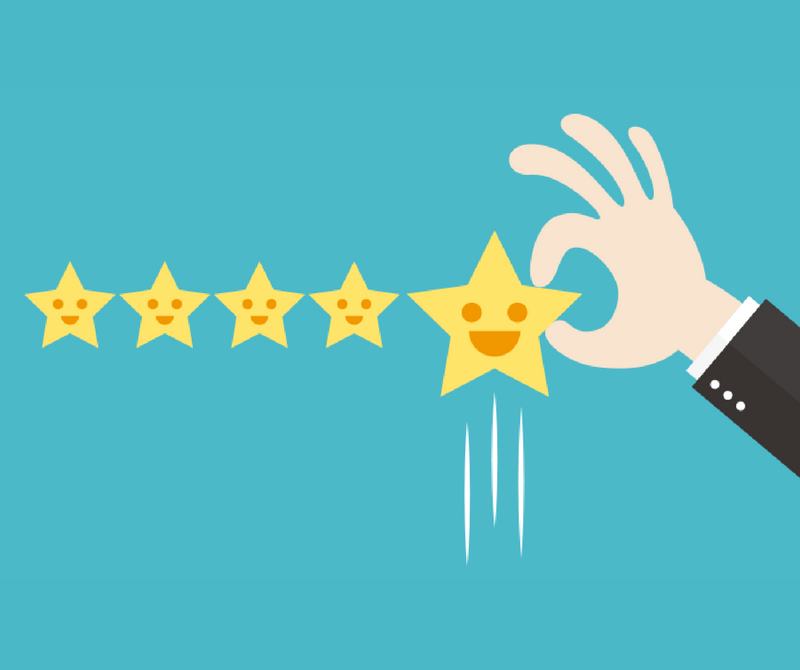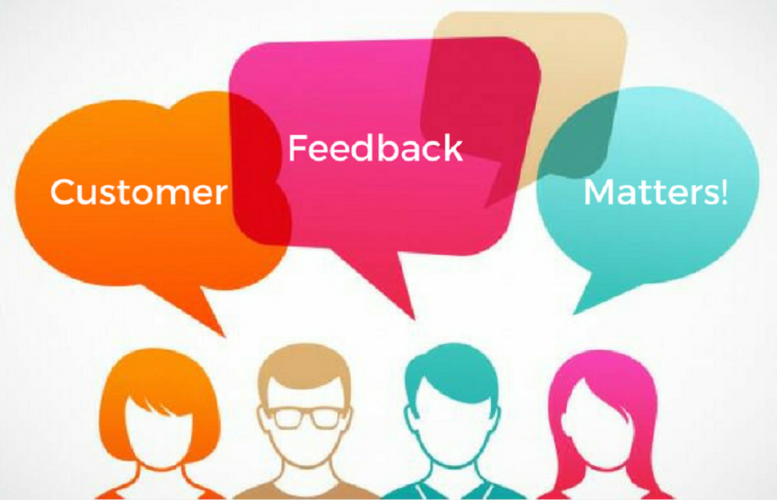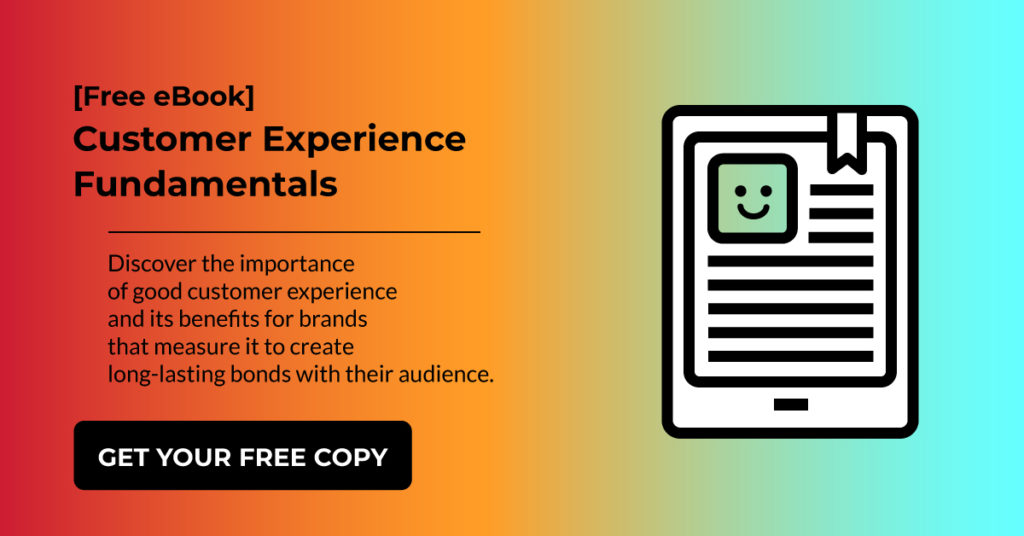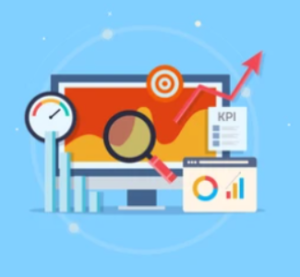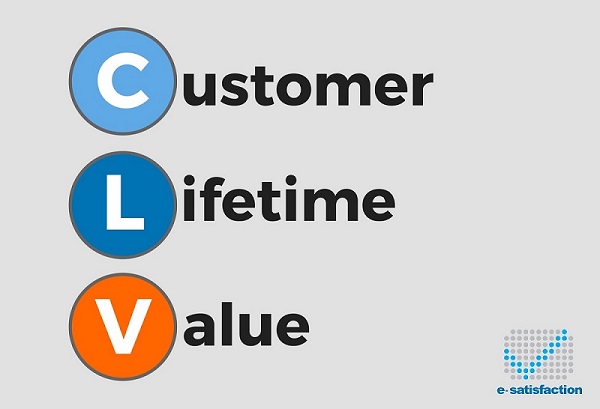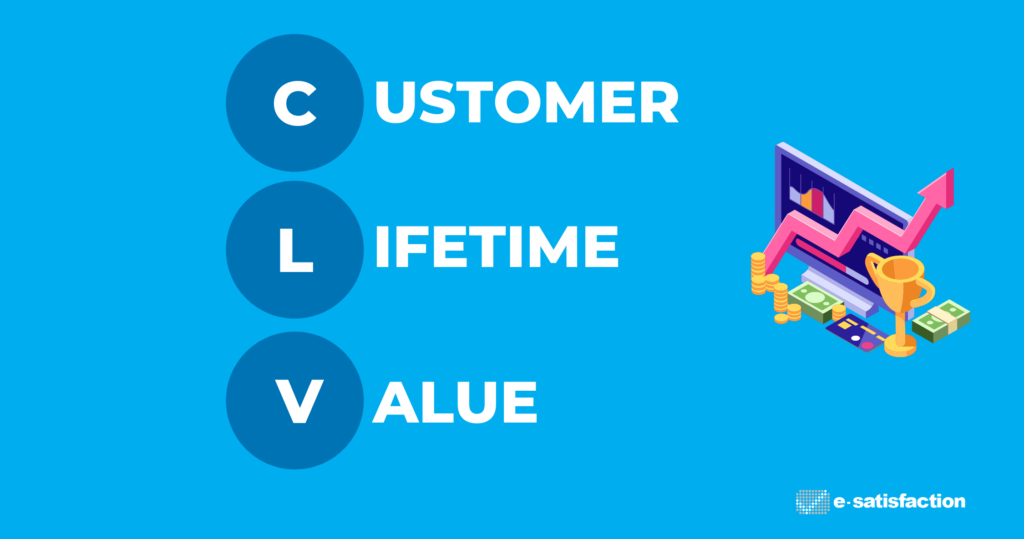According to a study conducted by Dimensional Research, 90% of respondents said that positive reviews influence their purchase decision. Customer reviews are getting more and more and their importance is continuously increasing. Companies across all industries do not have the option to ignore what customers are saying any more, as now customers are not saying it to them, but they are sharing what they want to say!
Customer reviews can be a threat for businesses, but if used correctly, all 3rd party review sites can be used to create a significant competitive advantage and increase positive Word of Mouth.
There are some small steps and actions you can take to make customer review services and websites help you and in this article I will try to walk you through them…
To increase positive WoM, you can follow a simple tactic…find your evangelists and make them talk for you to potential customers. Simple? How you can do that?
1) Say thank you
By thanking your customers with a personalized message (or a gift), you are acknowledging your gratitude for those who fuel your business success. This action will be noted by your customers and it will appeal to their emotions. See the video that follows about how even a bank can create an emotional bond with its customers!
But there are easier ways to do it (without giving away air tickets to Trinidad). Laura Ashley took this opportunity and made one customer’s day. They took note of the bedding she had ordered, and included a pair of comfy lounging socks to go alongside.

While connecting with your customers in an emotional way and providing a personalized and unique customer experience, your brand will be able to transform customers into evangelists of your brand.
2) Don’t be afraid to open the discussion
Avoiding complaints and problems is not working any more. Unhappy customers will speak up and guess what, they will not speak to you! Only 4% of unhappy customers will actually say their problem, while 96% of customers that get their complaint or issue managed say that they would come back and buy again. Speaking first, reaching up to consumers asking them what do you do wrong will provide a human aspect to your brand and if you do what you can to fix it, they will definitely appreciate it. Of course, if you speak first and act fast, you are saving this negative review in this popular review site or price comparison service that will haunt you for months, making it hard for users to trust you.
3) Know your evangelists
Ok, you know a lot of customers that had issues or faced a problem when you were providing them your service. They called, they wrote or they reached you. Do you know the happy ones? Do you know customers that buy again and again from you? And by “knowing” I do not only think of “how many they are” or “what is the maximum number of repeated purchases”, but knowing what their names are, what do they buy and why do they love you so much. Make sure you know them and make sure what they need, so that you can give it and keep them forever.
4) Ask them to spread the word
Ask from your happy customers to spread the word, share their love for your brand. There is no greater testimonial than a customer of yours saying to a friend or family “Have you heard of XXX.com? If not, you should totally take a look at it. I loved it!” It is really very simple, people love to feel needed, and if you kindly ask them to talk about your brand to friend and family, that request will be at the top of their mind!
There are a lot of ways and moments to encourage your happy customers to refer others to your e-Business by providing a small award for both of them. Whatever form your WoM referral program takes, try to make it easy and effortless. Make it easy for customers to connect with you and with others. This can mean to embed an engaging visual in your thank you page or your newsletters and motivate them to leave a positive review in a third party website.
Conclusion
The key is to make everything easy. Keep it simple and you will see your positive reviews increase. Word of mouth marketing is not only cost effective, but the new customers you will gain through this strategy will most likely stay longer and become loyal.
